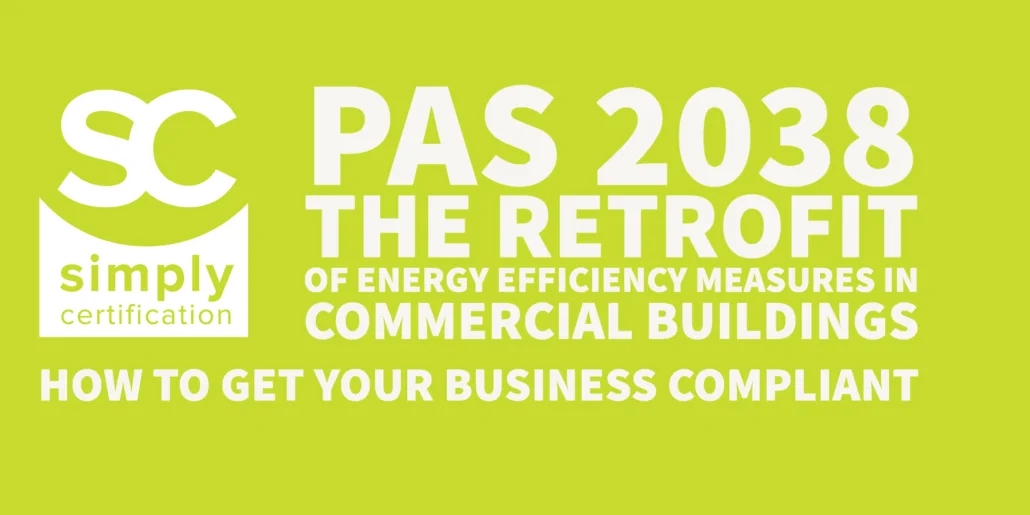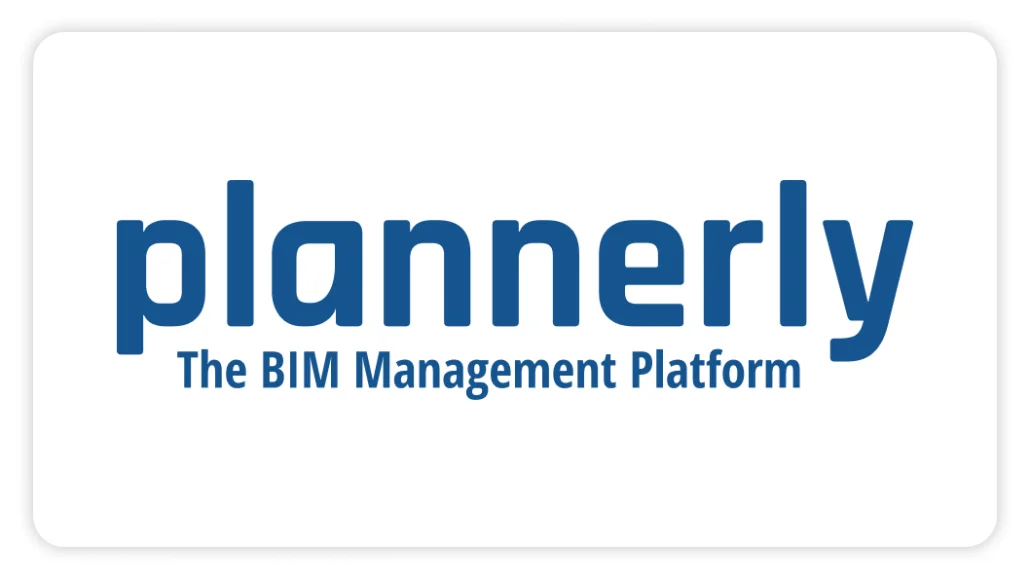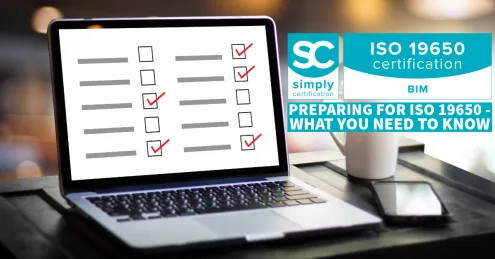Understanding the importance of ISO standards
The benefits of ISO 19650 of huge. ISO standards play a crucial role in various industries, ensuring that organizations adhere to specific guidelines and best practices. In the construction industry, ISO 19650 has emerged as a game-changer, revolutionizing the way information is managed throughout the lifecycle of a built asset. By adopting ISO 19650, organizations can optimize their processes, improve collaboration, and achieve successful project outcomes.
ISO 19650 provides a structured framework for managing information, ensuring accuracy, consistency, and transparency. This standard encompasses the entire lifecycle of a project, from inception to demolition, enabling organizations to effectively manage data and documentation at every stage. By adhering to ISO 19650, construction professionals can streamline their workflows, minimize errors, and deliver projects on time and within budget.
Key benefits of ISO 19650
Implementing ISO 19650 brings numerous benefits to organizations operating in the construction industry. Let’s explore some of the key advantages that this international standard offers:
Streamlining project management with ISO 19650
ISO 19650 promotes efficient project management by providing a standardized approach to information management. The standard emphasizes the importance of clear roles and responsibilities, ensuring that everyone involved in a construction project understands their tasks and obligations. This clarity eliminates confusion and minimizes the risk of miscommunication.
Moreover, ISO 19650 facilitates effective document control. It establishes protocols for naming conventions, version control, and metadata, making it easier for project teams to locate and access relevant information. By streamlining document management processes, ISO 19650 reduces the time and effort spent searching for critical data, enhancing overall project efficiency.
Enhancing collaboration and communication
Collaboration is a crucial aspect of successful construction projects. ISO 19650 enables seamless collaboration between stakeholders by providing a unified platform for information exchange. The standard encourages the use of common data environments (CDEs), where all project-related information is stored and shared. This centralized approach promotes transparency, allowing stakeholders to access the latest information and make informed decisions.
ISO 19650 also facilitates effective communication between project teams. By standardizing communication protocols and documentation formats, the standard ensures that information is clear, consistent, and easily understandable by all parties. This clarity minimizes the risk of misinterpretation and facilitates smoother collaboration, ultimately leading to better project outcomes.
Improving efficiency and reducing errors
One of the most significant advantages of ISO 19650 is its ability to improve efficiency and reduce errors in construction projects. By implementing standardized processes, organizations can eliminate redundant tasks and optimize workflows. This streamlining of operations reduces the likelihood of errors and rework, saving valuable time and resources.
ISO 19650 also emphasizes the importance of data quality and integrity. The standard ensures that information is accurate, up-to-date, and reliable throughout the project lifecycle. By maintaining data integrity, organizations can make informed decisions based on trustworthy information, minimizing the risk of costly mistakes.
Ensuring data integrity and security
Data security is a top priority in today’s digital landscape. ISO 19650 addresses this concern by providing guidelines for data management and security. The standard emphasizes the need for robust cybersecurity measures to protect sensitive project information from unauthorized access, loss, or corruption.
ISO 19650 also promotes data integrity by establishing protocols for data exchange and validation. By ensuring the accuracy and consistency of data, organizations can rely on the information for critical decision-making processes. This data integrity is especially crucial when multiple stakeholders are involved, as it enables effective collaboration based on trustworthy information.
Gaining a competitive advantage with ISO 19650
In a highly competitive industry like construction, gaining a competitive advantage is essential for long-term success. Implementing ISO 19650 can give your organization an edge over competitors by showcasing your commitment to best practices and quality management.
By adhering to ISO 19650, you demonstrate your ability to manage information effectively, collaborate seamlessly, and deliver projects with precision. This reputation for excellence can attract clients who value efficient project management and reliable outcomes. Additionally, organizations that adhere to ISO 19650 may have a higher chance of winning contracts and tenders, as many clients prioritize working with companies that meet international standards.
Implementing ISO 19650 in your organization
Implementing ISO 19650 requires a systematic approach to ensure successful integration within your organization. Here are some key steps to consider when adopting this international standard:
- Assess your current processes: Start by evaluating your organization’s existing information management processes and identify areas that need improvement. This assessment will help you understand the gaps between your current practices and the requirements of ISO 19650.
- Develop an implementation plan: Based on the assessment, create a comprehensive implementation plan that outlines the necessary steps, timelines, and resources required to adopt ISO 19650. Assign responsibilities to individuals or teams to ensure accountability throughout the implementation process.
- Provide training and awareness: Educate your employees about ISO 19650 and its benefits. Conduct training sessions to familiarize them with the standard’s requirements and how it will impact their day-to-day work. This training will ensure that everyone understands their roles and responsibilities in maintaining compliance with ISO 19650.
- Establish a common data environment (CDE): Implement a CDE that serves as a centralized repository for all project-related information. The CDE should adhere to the requirements outlined in ISO 19650, including data security measures and access controls. This centralization of information will facilitate collaboration and streamline document management processes.
- Monitor and review: Regularly monitor and review your organization’s adherence to ISO 19650. Conduct internal audits to identify any areas that need improvement and take corrective actions as necessary. Continuously evaluate the effectiveness of your implementation plan and make adjustments based on feedback and lessons learned.
By following these steps, your organization can successfully implement ISO 19650 and harness its benefits for long-term success.
Conclusion: Embracing the benefits of ISO 19650 for long-term success
ISO 19650 offers significant advantages to organizations in the construction industry. By adopting this international standard, you can streamline project management, enhance collaboration and communication, improve efficiency, and ensure data integrity and security. Embracing ISO 19650 demonstrates your commitment to best practices and quality management, giving your organization a competitive edge.
To achieve successful implementation, it is essential to assess your current processes, develop a comprehensive plan, provide training and awareness, establish a common data environment, and regularly monitor and review your adherence to ISO 19650.
By embracing the benefits of ISO 19650, your organization can optimize its processes, deliver projects on time and within budget, and set a new standard of excellence in the construction industry. Stay ahead of the competition and embark on the journey towards successful construction projects with ISO 19650 today.
















